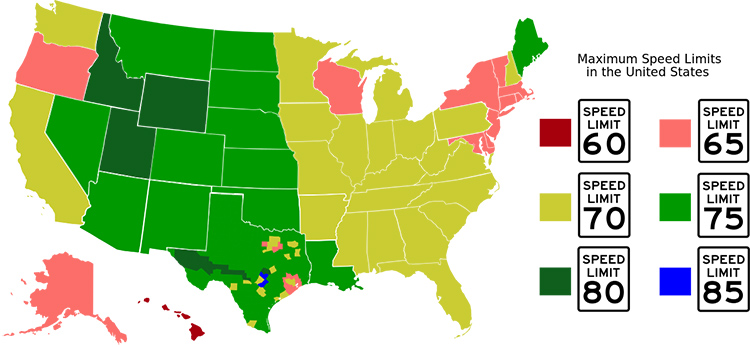
Couple of days ago, I mentioned on Chromatographer’s facebook page article by Peter Carr about speed in HPLC published in Analytical Chemistry. There are two parts in the article: (i) critical comparison of different approaches how to reach speed in HPLC and (ii) theoretical background of speed and efficiency optimization in high performance liquid chromatography.
Today, I would like to summarize first part of the article and compare various techniques how to reach speed (and efficiency) in liquid chromatography separations.
UHPLC – ultra high pressure liquid chromatography
Small particles + very high pressure = fast separation. Now, ever growing family of columns with sub 2 μm particles as well as high pressure instruments are available and there is no problem to reoptimize method applied for column with 5 μm particles and used it for small particles. With decrease in particle size, the working pressure in HPLC increases significantly which might be seen as a disadvantage, because (generally) new instrument is needed.
Another problem connected with the HPLC instrumentation are extra-column volumes which become more significant with columns packed with small particles. Significant improvement of current instruments is needed.
On the other hand, even small and very cheap adjustments of your HPLC instrument might improve its separation power the separation substantially. Last but not least, there are issues connected with temperature gradients at ultra high pressure chromatography.
Temperature
High temperature in HPLC is definitely not a new idea. However, today it might be seen from another perspective. Higher temperature changes viscosity of the mobile phase hence decrease the pressure of the system or allow us to use longer columns. High temperature HPLC can be carried out using conventional HPLC systems using superior columns with no additional costs.
Additionally, high temperature also affects selectivity of separation which is impossible with working at high pressure. From practical point of view, it is necessary to preheat the mobile phase before entering the HPLC column.
Core-shell particle
Or supperficially porous particles if you like. Again, not a new idea but because of their huge improvement during last couple of years core-shell particles now dominate over the other types of stationary phases and I would say that there are the best stationary phases currently available.
Their advatnage is in low diffusion rate and (associated) very high efficiency and speed. Moreover, sub 3 μm core-shell particles can show performance similar to sub 2 μm fully porous particles but at lower working pressure. Again, one have to be aware of extra-column volumes.
Monoliths
If anything can undermine the supremacy of core-shell particles then only monolithic stationary phases (yes, I am working with monoliths;). Couple of years ago, it looked like the monoliths are best columns ever in terms of speed. However, they do not show expected column efficiency. They are better suited for high efficient separations with long columns rather then for fast HPLC analysis.
At HPLC 2010, there were introduced second generations of silica-based monoliths with improved efficiency, as well as 2nd generation of organic polymer-based monoliths with hypercrosslinked surface.
I call the later ones as superficially porous (or core-shell) monoliths. With independent optimization of both flow-through pore diameter and size and distribution of small nanopores on the surface of monolithic skeleton we were able to improve significantly the efficiency (and analysis speed) of prepared columns. I believe that such columns might play significant role in further development of columns for fast HPLC.
Chemometrics
Less obvious, but still valid argument. The proper peak recognition by chemometrics software can help to decrease the time of the analysis especially in case of coeluting peaks or not satisfactory resolution. It migh also decrease time of deep method optimization.
The role of method optimization
À propos method optimization. I would like to follow this topic in one of the next posts (knowing my posting frequency I really don’t want to say when;). But let me now cite part of the Peter Carr’s article:
For separation that will be done many, many times, use of a thoroughly optimized method can save a tremendous amount of time in contrast to the brute force approach of throwing more plates at the problem. Conversely in an assay is not going to be repeated, UPLC techniques can save a lot of time in developing optimized assays. (Anal. Chem. DOI: 10.1021/ac102570t)
Nothing to add.
Uff, long one again. I hope I might be able to increase my posting frequency. I don’t have always time to update this blog, but I am updating Chromatographer’s facebook page always when I find interesting paper. So if you are interested you might “like it” and be part of the discussion.
What do you think about speed in HPLC? Can monoliths ever overcome core-shell particles?
Image credit: wikipedia.org
